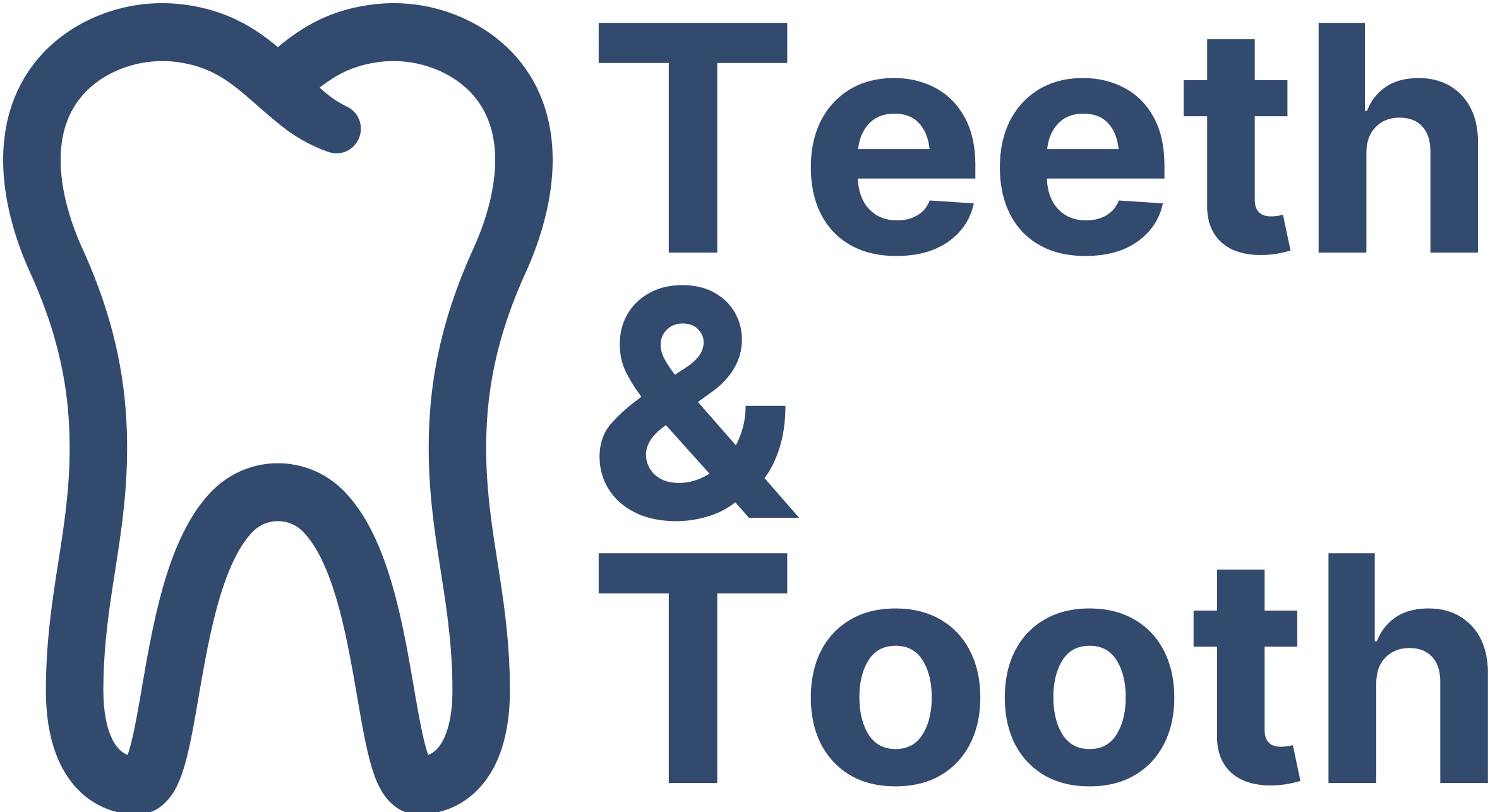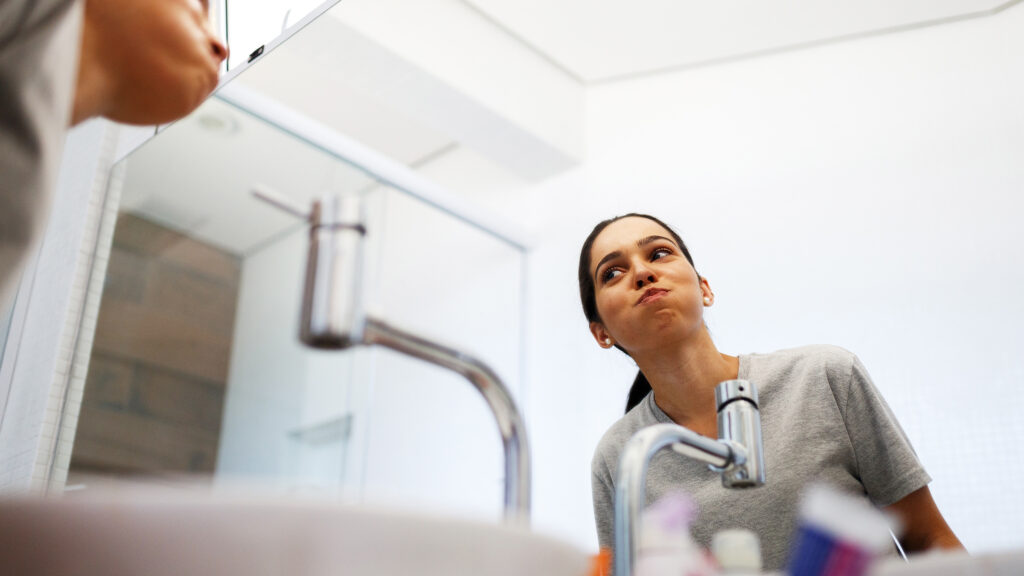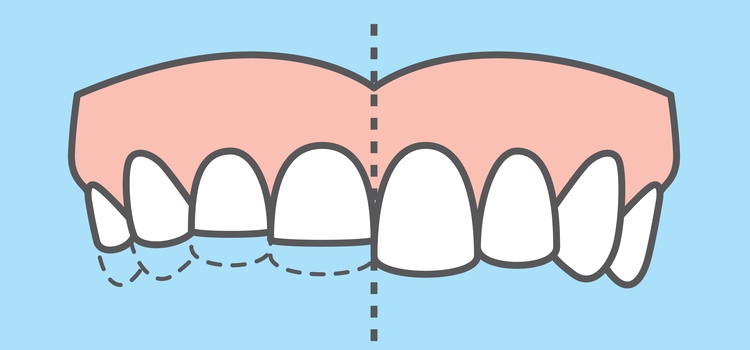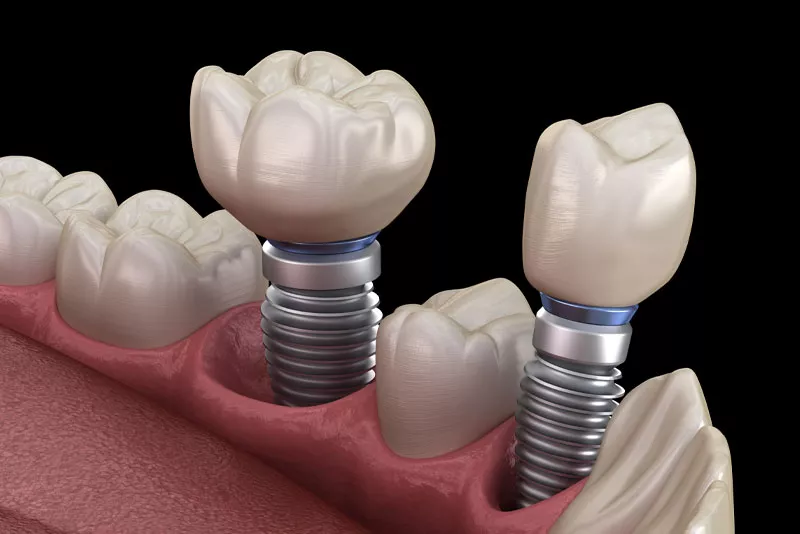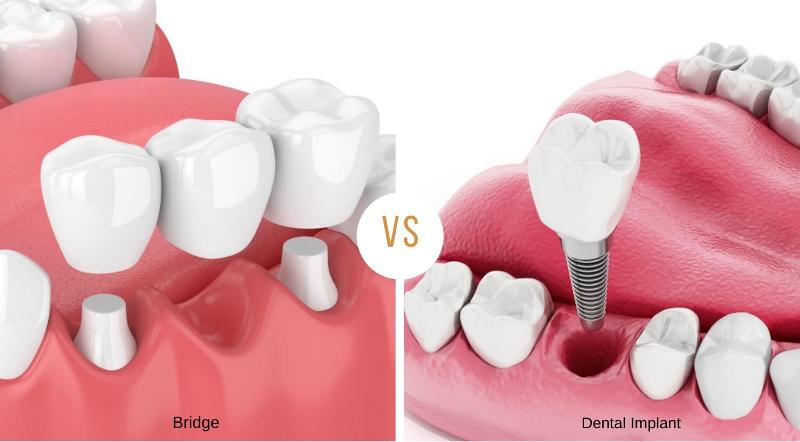Throwing up is a terrible experience, and most of us can attest to it as we have all been through it at some point in time. When you vomit, stomach acid and food residue in the stomach can cause damage to your throat and teeth; the experience is worsened by the foul stench of the vomit that lingers in your mouth.
You may be tempted to wash off all the vomit and brush your teeth right after throwing up. However, you should never brush your teeth immediately after throwing up. The brushing of your teeth causes any residual stomach acid in your mouth to swirl around and rub against the teeth. This causes even more damage to the softened enamel, which is the outer covering of the teeth. In spite of it being harder than bone, the enamel is susceptible to erosion by acids.
What Is Stomach Acid Made Of?
Stomach acid, also known as gastric acid, is primarily made up of potassium chloride, sodium chloride and hydrochloric acid. While only a small amount of hydrochloric acid make up stomach acid, it is the main contributor of the acid’s low pH level. With a pH level of 1.5 to 2.5, stomach acid is more acidic than lemon juice (2.3) and vinegar (2.9).
Stomach acid is produced by parietal cells found in the gastric glands along the lining of the stomach. You may wonder, how does the stomach survive the strong acid? Well, a protective mucus and bicarbonate is also secreted along the inside of the stomach. The mucus protects the organ against the acid while the bicarbonate, base, neutralizes any hydrochloric acid that penetrates the mucus.
On average, the cells produce approximately 1.5 litres of gastric acid in the stomach. When the body is unable to process the large amount of gastric acid produced in the stomach, it may cause acid reflux, a situation when the acid flows freely up to the oesophagus.
Due to the acidity of stomach acid, brushing your teeth after vomiting can cause dental erosion.
What is Dental Erosion?
Dental erosion, also known as tooth erosion or acid erosion, is a type of tooth wear that occurs when the tooth’s hard outer layer, called enamel, is gradually worn away and weakened by acid exposure. Unlike tooth decay, which is caused by bacteria producing acids as they break down sugars in your mouth, dental erosion is caused by direct contact with acids from external sources.
Common causes of dental erosion include:
- Acidic foods and beverages: Consuming acidic foods and drinks, such as citrus fruits, fruit juices, carbonated drinks, and some types of wine, can expose teeth to acids that lead to enamel erosion.
- Gastroesophageal reflux disease (GERD): GERD, also known as acid reflux, occurs when stomach acid flows back into the esophagus and, in some cases, into the mouth. This can lead to acid exposure and dental erosion.
- Frequent vomiting: Conditions that cause frequent vomiting, such as bulimia or gastroparesis, expose teeth to stomach acid, which can contribute to dental erosion.
- Dry mouth: Saliva plays a vital role in neutralizing acids in the mouth and remineralizing tooth enamel. A reduction in saliva production, or dry mouth, can increase the risk of dental erosion.
- Abrasive tooth brushing: Brushing teeth too hard or using a hard-bristled toothbrush can contribute to dental erosion when combined with acid exposure.
Dental erosion can lead to various issues, including tooth sensitivity, discoloration, loss of tooth structure, and, in severe cases, tooth loss.
When Can I Brush My Teeth?
If you want to brush your teeth, wait till the acid is neutralized and diluted by the saliva. While there is no scientifically established time on when you should be able to brush your teeth, the general rule of thumb is to do it 30 minutes to an hour after you have rinsed your mouth.
Follow these steps to protect your teeth and freshen your mouth after vomiting:
- Rinse with water: Gently swish your mouth with water to rinse away stomach acid and food particles. This helps dilute the acid and remove any debris left in your mouth.
- Use a neutralizing rinse: To help neutralize the stomach acid, you can rinse with a mixture of water and baking soda (1 cup of water with 1 teaspoon of baking soda) or use a diluted mouthwash. Swish the solution around your mouth for about 30 seconds and then spit it out. Do not swallow the rinse.
- Wait before brushing: It is important not to brush your teeth immediately after vomiting, as the stomach acid can soften your tooth enamel, making it more susceptible to damage. Wait for about 30 minutes to an hour to allow your saliva to help re-mineralize your tooth enamel and neutralize any remaining acid.
- Brush your teeth: After waiting for at least 30 minutes, gently brush your teeth with a soft-bristled toothbrush and fluoride toothpaste. This will help clean your teeth and freshen your breath. Stop brushing if you feel pain or sensitivity in certain section of the teeth. It is likely that damage has been done by the stomach acid. Proceed to your dental clinic for a checkup.
- Floss: Flossing is an essential part of maintaining good oral hygiene. After brushing your teeth, floss gently to remove any remaining debris between your teeth.
By following these steps, you can effectively clean your mouth after vomiting and protect your teeth from potential acid erosion.
Takeaway
In conclusion, taking care of your teeth after vomiting is crucial to protect your oral health and prevent potential damage caused by stomach acid. While it may be tempting to brush your teeth immediately after throwing up, doing so could lead to further harm due to the softened tooth enamel. Instead, follow the recommended steps of rinsing your mouth with water or a neutralizing solution, waiting at least 30 minutes for your saliva to help re-mineralize the enamel, and then gently brushing and flossing your teeth.
Maintaining good oral hygiene habits, such as regular brushing, flossing, and dental check-ups, is essential for keeping your teeth healthy and strong, even in the face of unexpected situations like vomiting.
